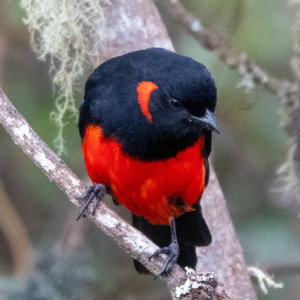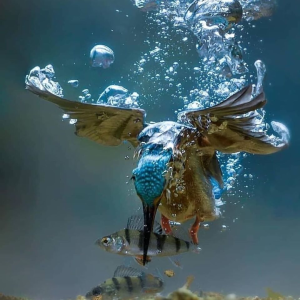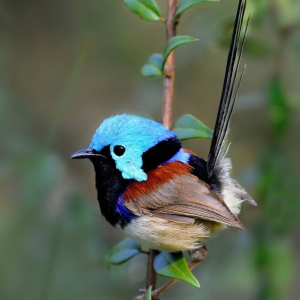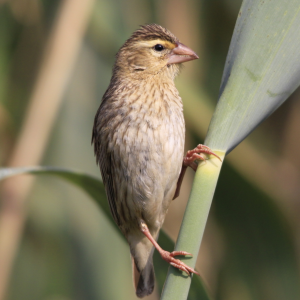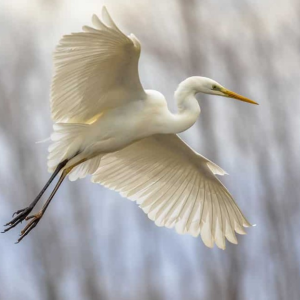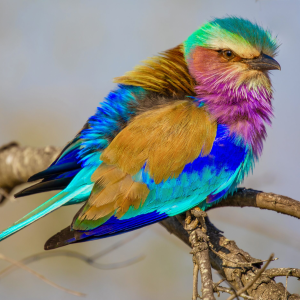The White-capped Tanager (Sericossypha albocristata) is a spectacular large tanager native to the northern Andes of South America. In Ecuador it is found only on the eastern slope, at elevations from about 1500m to over 3000m.

When I first began birding in South America, in 1990, it was a poorly-known, seldom-seen bird, and it was thought to be very rare and local. Every sighting was a thrill! Over the years, increased birding and better access to its cloud forest habitat has shown that it is actually quite widespread, but always at low densities.
(Every sighting is still a thrill, though!) They are often seen flying long distances between feeding episodes, so their territories seem to be very large, much larger than that of other tanagers. These large territories may be related to its habit of attacking paper wasp nests and eating their larvae. This unusual feeding habit has only recently been discovered by biologists, though EcoMinga’s forest caretakers have long known about it.
The White-capped Tanager’s social structure is also different from other tanagers; rather than traveling in pairs, the adults travel in small groups of up to 20, usually with only one male. These are thought to be extended families with communal breeding; my friend Harold Greeney and his collaborators have observed up to four adult birds bringing food to a single fledgling.
These characteristics are all rather un-tanager-like, and before the days of DNA this species’ taxonomic relationships were rather uncertain. Thanks to DNA analysis we now know that it really is a tanager.
Further reading: Greeney, H. F., J. Simbana, K. S. Sheldon, A. Craik, and R. Jonsson. 2007. Observations on the nesting and diet of the White-capped Tanager

